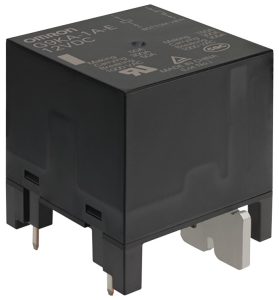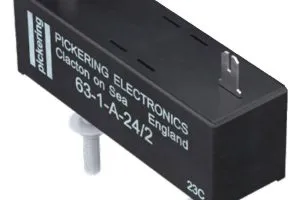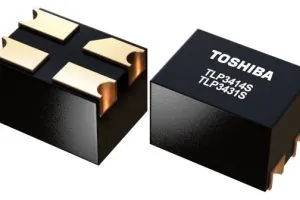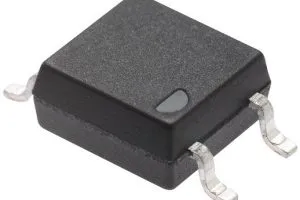
Sitting on a 51 x 51mm footprint, the relay is 54.5mm tall and weighs ~235g.
The contacts are cadmium-free silver alloy and offer 200μΩ on-resistance (at 200A). Maximum timing is 30ms make and 10ms break.
85°C resistive load durability is 30,000 operations minimum (1kVac, make 50A – carry 300A – break 50A), or 10 operations (1kVac, make 150A, carry 300A, break 300A).
Minimum creepage is 16mm (IEC/UL) and clearance is 8mm.
The coil is non-polarised and there is a choice of 12V (28.8Ω, ~417mA) or 24V (115.2Ω, ~208mA).
Driving is with an initial pulse (100ms – 3s, V=100-120% (5 – 7.2W)), followed by a lower holding voltage (45% – 60% (1 – 1.8W)). A white paper (below) describes three ways to apply an appropriate waveform: R+C, R+contact or PWM mosfet – the latter requiring the Zener of the coil’s compulsory external diode+Zener to be shorted temporarily.
Coil to contact insulation is 1kV OV-cat III up to 2km altitude, or OV-cat II, up to 4km.
With all that mass to handle, soldering requires a five minute 120°C pre-heat, before dipping in a 290°C solder bath for up to 30s. As the relay is not sealed, washing is not allowed.
The company sees the them being used in 200 – 400kVA, 600 – 800Vac, photovoltaic inverters, and power supplies that incorporate 100 – 200kVA, three-phase 400Vac input and output circuits, such as UPSs (uninterruptable power supplies)
The G9KA-1A-E (and G9KA-1A) data sheet is here, and the white paper that includes driving here
 Electronics Weekly
Electronics Weekly



